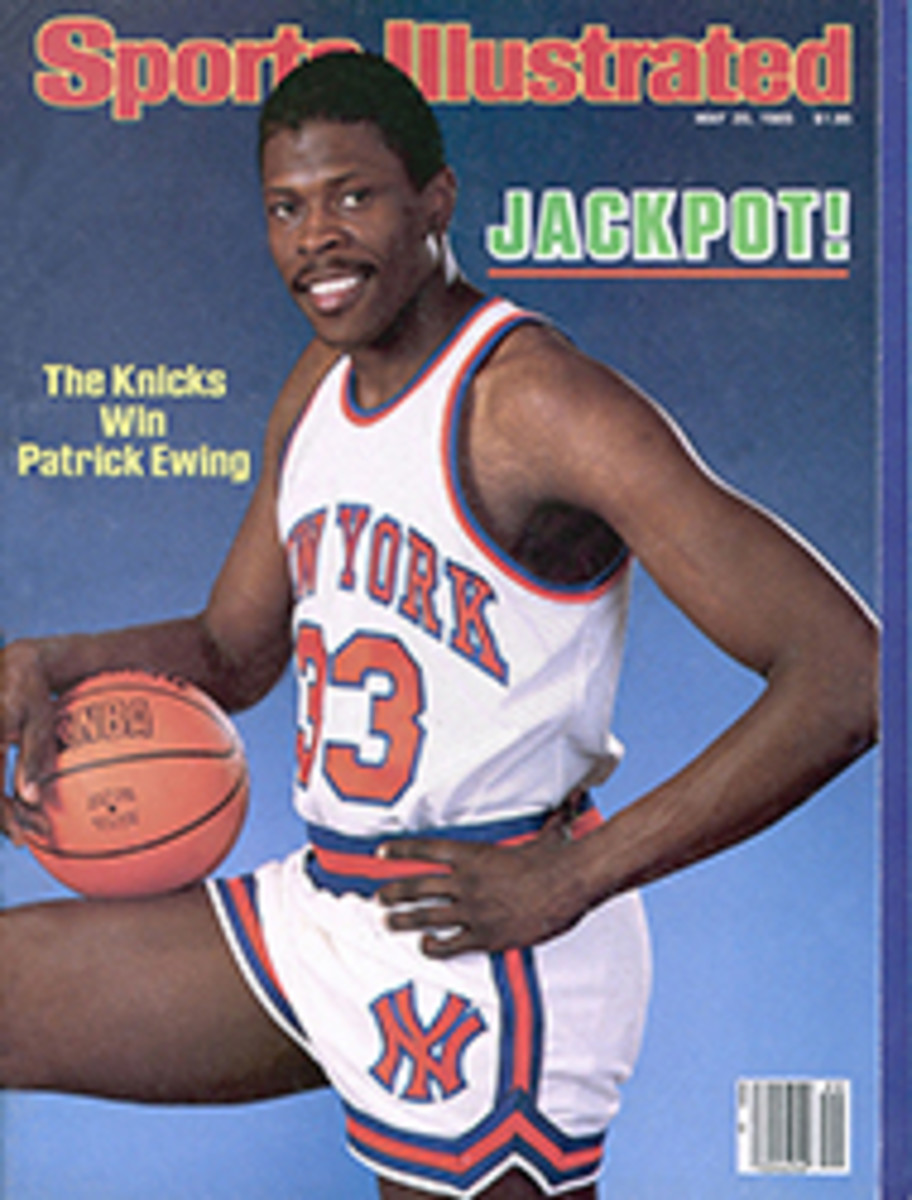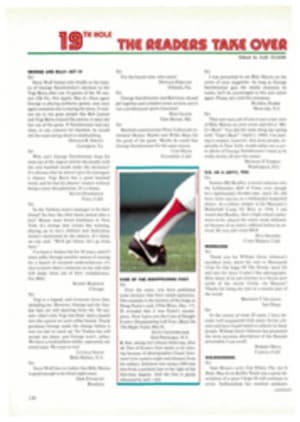
A Wind Of Change Blows At Indy
After 68 Mays, you would think there could be few surprises at the Brickyard. Uh-uh. Last Saturday they raced for the pole position for the Indianapolis 500, and by the end of the day there was hardly a driver in the pits who was where he thought he would be. Except maybe Pancho Carter. He thought he would be on the pole for his 12th 500, even if nobody else did. And there he was, with a four-lap qualifying run at a record average speed of 212.583 mph.
Surprise again: Second was one Scott Brayton, 26, at 212.354, with a single-lap record of 214.199.
And now for the punch line: After a decade of domination by the English-made Cosworth V-8 racing engine, both Carter and Brayton drove cars powered by American-made passenger car engines modified for racing. Welcome back to Indianapolis, Detroit. Gentlemen, start your Buick V-6 turbos.
The Speedway provided speed to spare all week. On Monday, Bobby Rahal, driving a March-Cosworth, ripped off a 211.0-mph lap to unofficially top Tom Sneva's track record of 210.7, set last year. "There's more out there," Rahal announced. On Tuesday Roberto Guerrero went 212.8, and then on Wednesday, defending 500 champion Rick Mears broke loose: 213.4. This was Mears's first competition since September, when he crashed at Sanair Super Speedway in Quebec, and a guardrail tore off the bottom of his car and folded his feet back to his shins, shattering a number of bones.
First thing Friday morning, his Lola-Cosworth finally running right after he had used up three engines, Mario Andretti hit 214.3. Then, in the last few minutes of Happy Hour—that 5 p.m. to 6 p.m. free-for-all when the cool air and track surface invite hot laps—Mario hit the top: 215.6.
An hour earlier Herm Johnson had hit bottom. He spent his Friday "happy hour" in the hospital after a horrific-looking crash in Turn 1. He was helicoptered out with a broken arm and chest injuries and was in serious but stable condition by Saturday.
The Saturday crowd—about 30 teams in Gasoline Alley and more than 200,000 fans in the grandstands and infield—was at the mercy of the sun and wind, which were kindest to the Buick boys. Brayton and Carter had drawn the first and fourth qualifying slots, and thus would be making their attempts in the cool morning air. Brayton opened the show with a one-lap track record of 211.815; then another, 213.189; and another, 214.199. His final lap dropped to 210.259 when his gearbox began seizing as he came off the third turn and crumbled with a booming burble as he completed the run with a record qualifying average of 212.354.
During warmup laps that morning, Carter had made no fewer than three wing changes in his search for the ideal aerodynamic and handling combination, and was not at all sure he had found it. Indeed, he found the car "loose" in qualifying, but that didn't stop him from keeping his foot flat on the throttle until Turn 3 on the final lap, when the car got squirrelly. His 212.510, 212.721, 213.159 and 211.944 added up to another record average.
When Andretti's turn came, the sun was shining bright and warm—to his horror. Then the wind came up, which made things worse. Like a downhill racer at the top of a run, Andretti knew that warm and disturbed air would slow him down. Mario fell short: 211.576, for third. He climbed out of the Lola and cursed his luck. Sure enough, he lost his spot on the front row when Rahal hung up a 211.818. Meanwhile, A.J. Foyt, the only four-time winner of the 500, could do no better than 205.782. Afterward, he announced over the P.A. system, "The car ran like a tub of——."
The only cars remaining to qualify that could beat the Buicks were the Roger Penske team cars driven by Mears and Danny Sullivan. Now the wind was gusting to 20 mph. Penske pulled his cars out of line to wait for clouds and stillness. He had a man hovering over the weather radarscopes at Indianapolis International Airport, six miles from the Speedway, and two airplanes on standby to fly up and spot approaching storms—rain would wash away any shot at the pole. Nobody else wanted to go qualifying just then, and there's no rule that forces them to, so in midafternoon the track was opened for practice.
When Happy Hour finally arrived, Sullivan gave it a crack, and came back with 210.298. Now it was up to Mears. With less than 50 minutes to go he stepped off the motorized cart he'd been riding all week to spare his feet and strapped himself into the bright yellow March. On his warmup lap, he checked the flags flying over the grandstands; they looked as rigid as boards to him. "We're in trouble," he told himself. He could only muster 209.796.
Carter's pole victory was a popular one, for he's kind of a Speedway brat. His proper handle is Duane Carter Jr. He's 34 years old and has been to the Indy 500 34 times; his father, Duane Sr., raced in the 500 from 1948 to '63. "I'm more happy for him than I've ever been for myself," said Duane Sr.
But maybe not happier than the people at Buick. They have been developing the V-6 turbo for three years, and it looks like the racing powerplant of the future, not just in Indy Cars but in NASCAR and sports car competition as well. It has an enormous advantage over the English Cosworth V-8s at Indy: It is permitted 10 more inches of turbocharger boost—57" to 47"—because it's a production line-based engine, a "stock block" in Indy argot. That gives the Buick V-6 nearly 100 more horsepower than the Cosworths, about 850 to 750. A similar rule advantage applies to the big, but non-turbo, Chevy V-8 stock block that Steve Chassey had in his March when he qualified at 204.224 on Sunday. Whether a Buick or Chevy passenger car engine can last for 500 racing miles is an unanswered question. Pancho Carter, for one, is confident his will. And don't bet against a man when something in the wind wants him to be where he is.
PHOTO
HEINZ KLUETMEIER
Carter's 212.583-mph average was cause for celebration, but Johnson's fiery crash in practice was reason for deep concern.
PHOTO
STEVE MARGISON/AP
[See caption above.]
PHOTO
GEORGE TIEDEMANN
[See caption above.]

